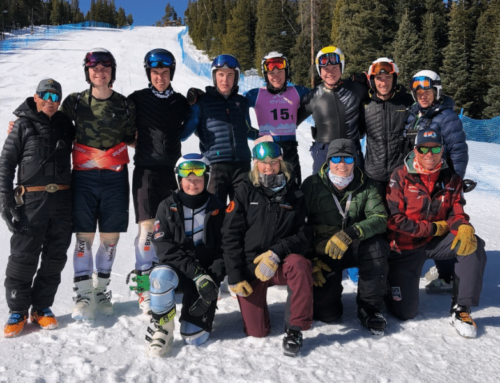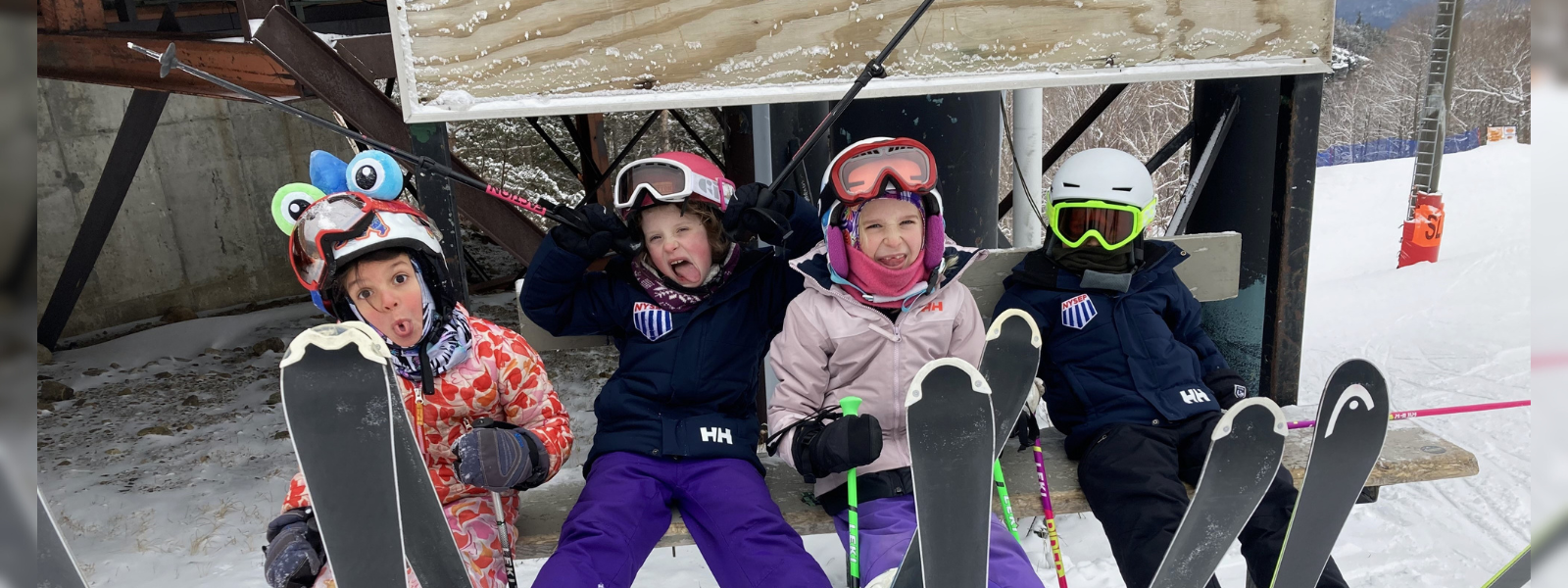Juniors: Arrested Development
Can the future of American racing be redesigned by committee?
The story line has proved true in many sports. Take a team of athletes to the top of the game, and the development suffers. Such has been the case in U.S. skiing several times in history — including now.
The American alpine development system is in disarray. The national office and regional personnel are often at odds, as detailed by the McKinsey report recently commissioned by USSA.
The proof of development woes is seen in the results. At the 2014 World Junior Championships, in Jasna, Slovakia, the top American boys’ slalom result was 31st. The top girls’ downhill placing was 14th. The top boys’ GS finish was 37th and the top boys’ super G result was 21st. Considering our guys are chasing the best GS skier in the world — Ted Ligety — it seems inexcusable.
Correcting the problem, however, is complicated. Alpine development in general has long been a difficult situation. The U.S. is large and the programs extremely diverse. In this case, that is not a bonus. What works well at Buck Hill, Minn., does not work at all at Vail, and what works at Vail is impossible at sites without the resources Vail has at its doorstep.
In drive time alone, racing in the East and racing in the West are incredibly different exercises. As might be reasonably expected, the divisions have been much more apt to protect their own needs than to approve measures seen as more beneficial to another. In short, the divisions don’t always play together well.
National Alpine Director Patrick Riml saw the answer as being all inclusive and so formed a committee of coaches (“from all regions,” he says) to get the development program churning out healthy prospects again. We caught Riml by phone as he drove across Europe. From memory he rattled off the names of all of the committee members. It’s evident the group was put together with considerable forethought.
He put Michelle Demschar in charge. “I’m the only non-coach involved,” she is quick to point out.
Ask Demschar how the committee is doing and she asks, “Which committee?” The problem is complex enough that several committees and a task force have been formed to confront the issue, including a separate committee on “elite” development.
The primary development group is widespread and “meets” via telephone conference calls. After just two such meetings a consensus had been reached: The biggest problem, and one that — at least on the surface — could be dealt with, is calendaring.
The hope is that a calendar of FIS events (including NorAms, FISU, NC, NJC and NJR events) can be formed that meets regional needs with fewer races and fewer levels of racing. It is understood demand to gain entries will be higher. The plan is to emphasize USSA level races, which should gain competitors keen on qualifying for the FIS races. The committee recognizes the difference between USSA and FIS racing will need to be better defined in order to highlight a clear athletic path.
The sheer number of races is the biggest concern. “The calendar really needs to be reformed,” says Demschar. “There is too much racing.”
That much has been agreed upon. Skiers registering more than 30 starts — and there are plenty of them — are racing every weekend there is snow, from mid-December through mid-March, plus a handful of midweek races. That leaves zero time for training. So it is agreed to cut back the available races. The nuts and bolts of implementing this agreement is where it starts to get contentious. The result of that is defensive posturing. How will it be determined which races are to be cut?
“There is rumor we will stipulate how many races will be allowed in each discipline, and that is not true,” says Demschar.
She added there also seems to be some confusion from the collegiate racing side. “We will listen to everybody,” she says. “We are concerned about junior racing. We are taking no sides.”
The task force, with representation from the board, manufacturers, coaches and other interested parties is scheduled to meet at Copper Mountain, Colo., later this month to brainstorm problems and submit proposals.
It is notable that the equipment chart approved at the USSA Congress had to be rescinded as manufacturers could not supply adequate amounts of equipment meeting the new standards. U14 and U16 athletes may use skis of choice in all events — except at U16 national championships where equipment must conform.





















